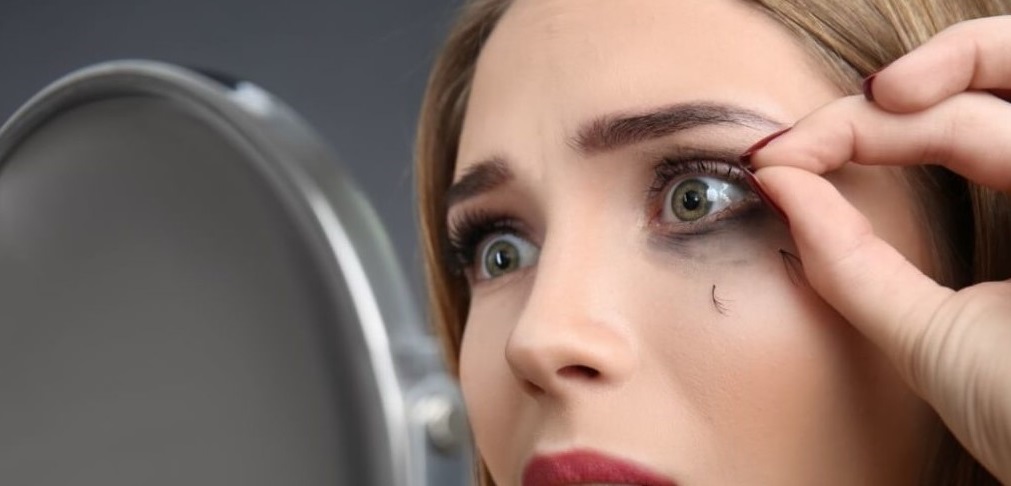What is Trichotillomania?
Trichotillomania is an obsessive-compulsive disorder (OCD) characterized by compulsive hair pulling from any area of the body, including the scalp, eyebrows, eyelashes, and other areas with hair growth. People with trichotillomania often feel driven to pull out their hair even when they don’t want to or know it isn’t good for them. It is thought that this behavior may provide temporary relief from stress or anxiety but can lead to long-term damage such as bald patches on the scalp or thinning eyebrows or eyelashes. What’s more, eyelash extensions don’t normally hurt, so if you’re in pain, it’s probably because you’re touching your eyelash extensions too much, so this isn’t for you.
Can You Get Eyelash Extensions If You Have Trichotillomania?
The answer is yes – it is possible to get lash extensions if you have trichotillomania, but there are some precautions that must be taken beforehand. The most important thing is that you must ensure your lashes are healthy enough before attempting any kind of extension application process; otherwise, your natural lashes could become damaged due to pulling out during application or removal of lash extensions, which could further exacerbate symptoms of trichotillomania. Additionally, since trichotillomania can lead to thinning lashes and bald spots around the eyes, it might not be suitable for everyone, so consulting a doctor beforehand would be wise.

Treatment Options
The first step in treating trichotillomania is to seek out a mental health professional, such as a psychologist or psychiatrist, who specializes in OCD. They will be able to diagnose the condition and develop an appropriate treatment plan. Cognitive Behavioral Therapy (CBT) is often used to treat trichotillomania as it focuses on identifying and changing negative thoughts and behaviors that lead to hair pulling. Additionally, medications such as antidepressants may be prescribed to help reduce anxiety levels, which can trigger the urge to pull hair.
Alternative Treatments
In addition to traditional treatments for trichotillomania, there are also some alternative therapies that may be beneficial. One option is eyelash extensions, which can help cover up bald spots caused by hair pulling and give the appearance of longer lashes without having to use false lashes or mascara. Another option is lash lifts, which are similar but use chemicals instead of synthetic fibers so they don’t require regular maintenance like eyelash extensions do. Finally, people with trichotillomania may also opt for semi-permanent makeup such as microblading or eyebrow tattoos, which can fill in any sparse areas around the eyes caused by excessive hair pulling.
In conclusion, while it is possible to get eyelash extensions if you have trichotillomania, it is important to prioritize the health of your natural lashes and consult with a doctor or mental health professional. Traditional treatments such as CBT and medications should remain the main focus, and alternative therapies can be considered as additional forms of therapy.
More articles:
Failed eyelash extensions sign
How to fix drooping eyelash extensions

